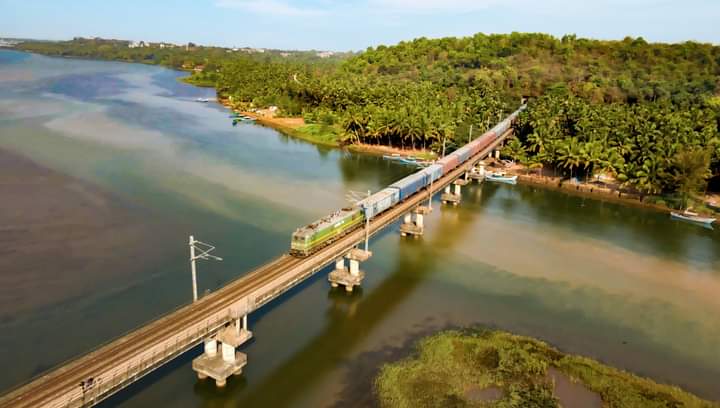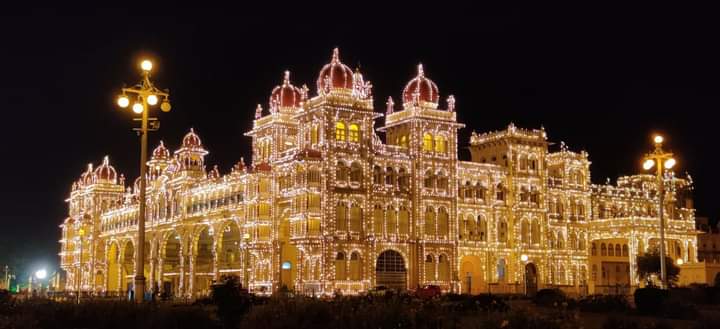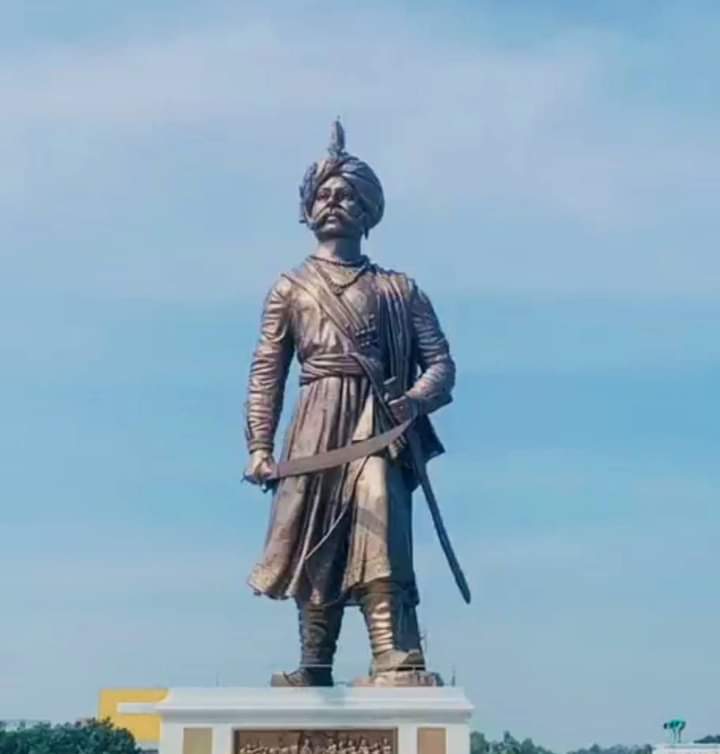EvolutionThe first railway on Indian sub-continent ran over a stretch of 21 miles from Bombay to Thane. The idea of a railway to connect Bombay with Thane, Kalyan and with the Thal and Bhore Ghats inclines first occurred to Mr. George Clark, the Chief Engineer of the Bombay Government, during a visit to Bhandup in 1843. The formal inauguration ceremony was performed on 16th April 1853, when 14 railway carriages carrying about 400 guests left Bori Bunder at 3.30 pm “amidst the loud applause of a vast multitude and to the salute of 21 guns.” The first passenger train steamed out of Howrah station destined for Hooghly, a distance of 24 miles, on 15th August, 1854. Thus the first section of the East Indian Railway was opened to public traffic, inaugurating the beginning of railway transport on the Eastern side of the sub-continent. In south the first line was opened on Ist July, 1856 by the Madras Railway Company. It ran between Vyasarpadi Jeeva Nilayam (Veyasarpandy) and Walajah Road (Arcot), a distance of 63 miles. In the North a length of 119 miles of line was laid from Allahabad to Kanpur on 3rd March 1859. The first section from Hathras Road to Mathura Cantonment was opened to traffic on 19th October, 1875. These were the small beginnings which is due course developed into a network of railway lines all over the country. By 1880 the Indian Railway system had a route mileage of about 9000 miles. INDIAN RAILWAYS, the premier transport organization of the country is the largest rail network in Asia and the world’s second largest under one management. Honours and Awards Indian Railways achieved a number of recognitions and awards in sports, tourism sector and for excellence in operational matters. In the Common Wealth Games in Manchester, the Indian teams record performance has been mainly due to Railway team’s excellence in sports. Except one member the entire women’s Hockey team which bagged the gold medal belonged to Railways. Mohd Ali Qamar of Indian Railways has bagged gold medal for boxing and other participants from Railways helped India win medals in many a team events. A number of sportspersons from Railways were conferred with the coveted Arjuna Awards and other major sports awards. Darjeeling Himalayan Railways attained the World Heritage Status from UNESCO. Fairy Queen, the oldest functioning steam engine in the world, which finds a place in the Guinness Book of World Records, got Heritage Award at the International Tourist Bureau, Berlin in March, 2000. On operational front, Delhi Main station entered the Guinness Book for having the world’s largest route relay interlocking system. Social obligations and care for weaker sections Senior citizens, students, disabled persons etc. enjoy concessional benefits from Railways. New initiatives in this area during the last three years include reduction of age limits for special concession to senior women citizen from 65 to 60 years, blind and mentally challenged persons can now travel in AC classes on confessional rates. Free second class Monthly Season Tickets (MSTs) for school going children upto tenth standard for travel between home and school was also introduced. Tie-Up with Foreign Railways Indian Railways is in constant touch with Railways across the world to bring in state-of-art facilities in its system. Towards this, a Memorandum of Understanding was singed during the Eighth Session of the Indo-Austria Joint Economic Commission held in Vienna. This seeks to promote and deepen long-term infrastructure-specific cooperation between Indian and Austrian Railways to their mutual benefit.A three-day International Conference of Union of Railways was organised by Indian Railways in New Delhi in which hundreds of delegates from various industries and Railways around the world participated. |




